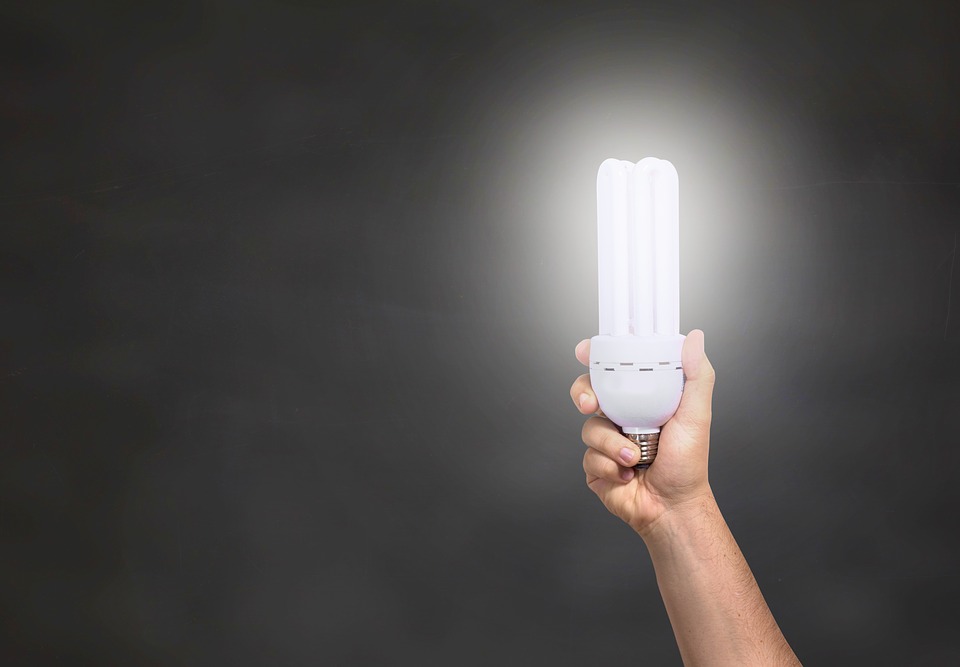Since January 1, 2020, California’s updated light bulb efficiency standards has taken effect, following the federal court’s rule on December 31, 2019. The court’s denial of a request for a temporary restraining order means California can proceed with stopping the sale of energy-wasting incandescent bulbs designed to fill 260 million sockets in the state, a move that will cut utility bills while combating climate pollution.

(Image: Pixabay)
The National Electrical Manufacturers Association and the American Lighting Association had urged the U.S. District Court for the Eastern District of California to issue a temporary restraining order against the new standards as part of their lawsuit seeking to reverse the California Energy Commission’s decision to expand its minimum efficiency standards for light bulbs. The denial of the court did not include a date for court proceedings to begin on the lighting associations’ lawsuit.
The associations are fighting the addition of such common household types as the candle- and flame-shaped bulbs used in chandeliers and sconces, reflector bulbs used in recessed cans and track lighting, round globe bulbs, and the bulbs that can operate at three different light levels – the same models the U.S. Department of Energy (DOE) recently eliminated from being covered by national lighting efficiency standards. NRDC and others have sued over the rollback.
The updated standards in California will save up to $2.4 billion on the annual utility bills – and avoid up to 13,600 gigawatt-hours of annual electricity use – once the current stock of inefficient bulbs turns over. The savings are in addition to state standards that went into effect in 2018 for the pear-shaped bulbs used in table and floor lamps, and small diameter reflector bulbs for track and recessed lighting. DOE also recently said it would not update national standards to the level California implemented last year.





 CN
TW
EN
CN
TW
EN






